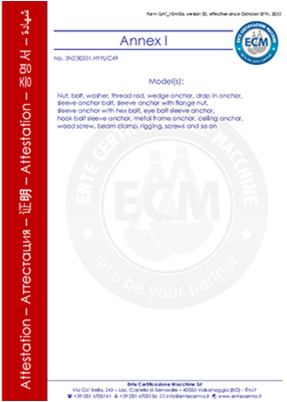Srp . 13, 2024 20:26 Back to list
Choosing the Right Nut Size for Your Project Based on Metric Measurements and Specifications
Understanding Nut Size Charts for Metric Fasteners
When it comes to engineering, manufacturing, or even DIY projects, having the right fasteners is crucial for ensuring safety, performance, and durability. Among the various types of fasteners, nuts play a pivotal role in securing bolts and screws. For effective usage, it is essential to understand nut sizes, especially when dealing with metric fasteners. This article will delve into the significance of nut size charts and how to utilize them properly.
What are Nut Size Charts?
Nut size charts provide detailed information regarding the dimensions of nuts used in various applications. These charts typically include specifications such as the nominal size, pitch, width across flats, height, and the recommended bolt pairing. Understanding these dimensions is vital for selecting the correct nut for a given bolt to ensure a secure fit.
Metric Nut Sizes
Metric nuts are classified according to the ISO (International Organization for Standardization) system, which establishes standardized measurements for fasteners worldwide. Unlike imperial measurements, which are based on inches and fractions, metric measurements are in millimeters. The most common metric sizes are indicated by a designation such as M6, M8, M10, etc., where 'M' stands for metric and the numbers correspond to the nominal diameter of the bolt that fits the nut in millimeters.
Each type of metric nut has a specific pitch or thread spacing, indicated in millimeters as well. For example, an M10 nut may have a standard pitch of 1.5 mm but could also be available in fine pitch versions. Hence, understanding these differences is crucial for proper assembly.
Reading a Nut Size Chart
nut size chart metric

To effectively use a nut size chart, one must be familiar with how to interpret it. Consider a basic chart where the first column lists the nominal size (like M6 or M10), the second lists the pitch, and subsequent columns may provide metrics like width across flats, height, and bolt pairing details.
1. Nominal Size This tells you the nut size relevant to the bolt you plan to use. 2. Pitch This refers to the distance between the threads. Different applications might require different pitches. 3. Width Across Flats This dimension is critical for determining the size of the wrench needed for tightening or loosening the nut. 4. Height This is often less critical but can be important for space-constrained applications.
When selecting a nut, cross-reference your bolt size with the chart to determine which nut specification you need.
Why is it Important?
Using the correct nut size is not just about ease of assembly; it is also integral to the safety and integrity of a structure or a mechanical system. A nut that is too small will not fit properly, leading to potential failure under tension. Conversely, a nut that is too large or has the incorrect pitch can cause stripping or cross-threading, which compromises the entire assembly.
Conclusion
In conclusion, nut size charts are indispensable tools in the world of fasteners, providing critical dimensions necessary for ensuring compatibility and safety. Understanding how to read and use these charts is essential for anyone engaged in mechanical assembly or construction. Whether you are a professional engineer, a hobbyist, or someone involved in home projects, familiarizing yourself with metric nuts and their specifications will ultimately lead to more reliable and effective usages of fasteners. Always remember, the right nut can make all the difference in your projects, protecting both your structures and your safety.
-
The Ubiquitous Reach of DIN934 in Application Realms
NewsMay.16,2025
-
Exploring Different Bolt Types
NewsMay.16,2025
-
Cracking the Code of Sleeve Anchor Mastery
NewsMay.16,2025
-
Clamp Design Principles,Types and Innovations
NewsMay.16,2025
-
Artistry Inspired by the Humble Anchor Bolt
NewsMay.16,2025
-
A Deep Dive into Screw Types
NewsMay.16,2025


